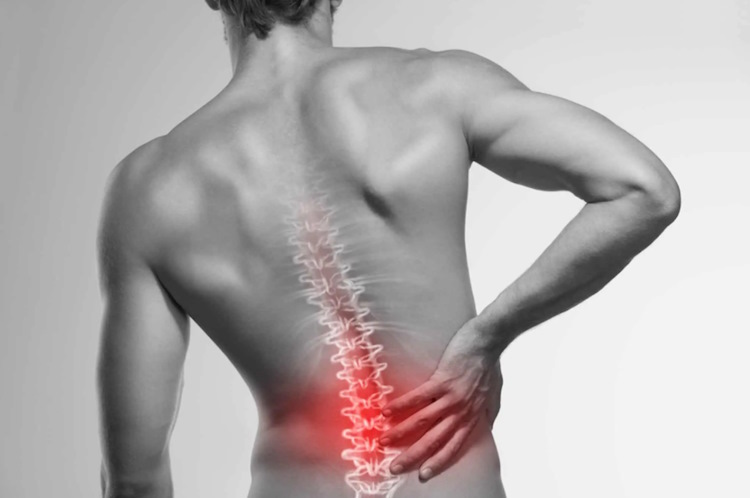Sleep position: how important is it for recovery and muscle growth?
When it comes to bodybuilding, we often tend to focus on training routines, nutrition plans, supplements, and hormones. However, probably the most important aspect of muscle recovery and growth that gets overlooked is sleep. More specifically, not just how much sleep you get or how good it its, but the position in which you sleep can significantly impact your muscle recovery and your bodybuilding results. This article explores the various sleep positions and their effects on muscle recovery, growth, and just overall well-being.
Sleep is a vital component of recovery for human beings, but specially for bodybuilders. During sleep, the body performs numerous processes, including:
Protein synthesis
Muscle repair and growth primarily occur during sleep when protein synthesis is at its peak.
Hormone regulation
Growth hormone, which plays a crucial role in muscle growth and repair, is released in higher quantities during deep sleep.
Relaxation
Sleep allows muscles to relax and recover from the stress and strain of intense workouts.
While the quantity and quality of sleep are well-established factors influencing muscle recovery and performance, the position in which you sleep can also have a significant impact.
The impact of position in which you sleep
Back sleeping (supine position)
Pros: sleeping on your back is considered one of the best positions for spinal alignment and overall health. It allows your head, neck, and spine to rest in a neutral position, reducing the risk of back and neck pain. This position can also help prevent acid reflux.
Cons: for bodybuilders with sleep apnea or snoring issues, back sleeping can exacerbate these problems, potentially disrupting sleep quality.
Side sleeping
Pros: another good option is side sleeping as it is beneficial for reducing acid reflux and snoring. It can also alleviate back and neck pain. For bodybuilders, sleeping on the left side can improve circulation and aid in digestion, enhancing nutrient delivery to muscles.
Cons: sleeping on the side can lead to shoulder and hip discomfort, especially if you have broad shoulders or use inadequate support. This position may also cause facial wrinkles and skin aging due to the face pressing against the pillow.
Stomach sleeping (prone position)
Pros: stomach sleeping can reduce snoring and sleep apnea symptoms for some individuals.
Cons: this position is generally considered the least healthy as it can cause neck strain and misalignment of the spine. Additionally, stomach sleepers tend to sleep over one shoulder, causing strain and potentially chronic pain. For bodybuilders, it can lead to muscle imbalances and discomfort in the neck and lower back, reducing training performance and slowing down recovery.
Fetal position
Pros: the fetal position, where you sleep curled up on your side, can be comfortable and reduce snoring. It is also beneficial for pregnant women and those with lower back pain as it maintains a stretched position in this region.
Cons: curling up too tight can restrict diaphragmatic breathing and may lead to joint pain or stiffness, particularly in the knees and elbows.
Tips to fix your sleeping position
To fix your sleeping position for muscle recovery and growth, consider the following tips.
Mattress and pillow
Ensure that your mattress and pillow provide adequate support for your preferred sleep position. A medium-firm mattress is generally recommended for back and side sleepers, while a softer mattress may be better for stomach sleepers to reduce pressure on the spine.
Use pillows strategically
Side sleepers can place a pillow between their knees to maintain spinal alignment and reduce pressure on the hips. Back sleepers can place a pillow under their knees to alleviate lower back pressure. Stomach sleepers can use a thin pillow or no pillow at all to minimize neck strain.
Stretch before bed
Incorporate gentle stretching or yoga into your routine to help release any muscle tensions and prepare your body for restful sleep.
Experiment with positions
If you find that your current sleep position is causing discomfort or messing up your recovery, experiment with different positions and support options until you find what works best for you.
While there is no one-size-fits-all answer to the best sleep position for muscle recovery, understanding the pros and cons of each position can help you make an informed decision. When sleeping in an optimal position and ensuring you get adequate, high-quality sleep, you can reduce chronic pain, enhance your muscle recovery, growth, bodybuilding performance and overall health. A well-rested body is generally a healthier, stronger and more resilient body.









